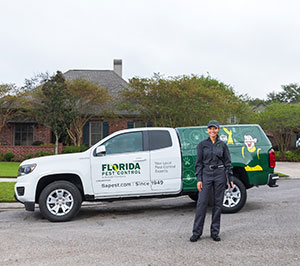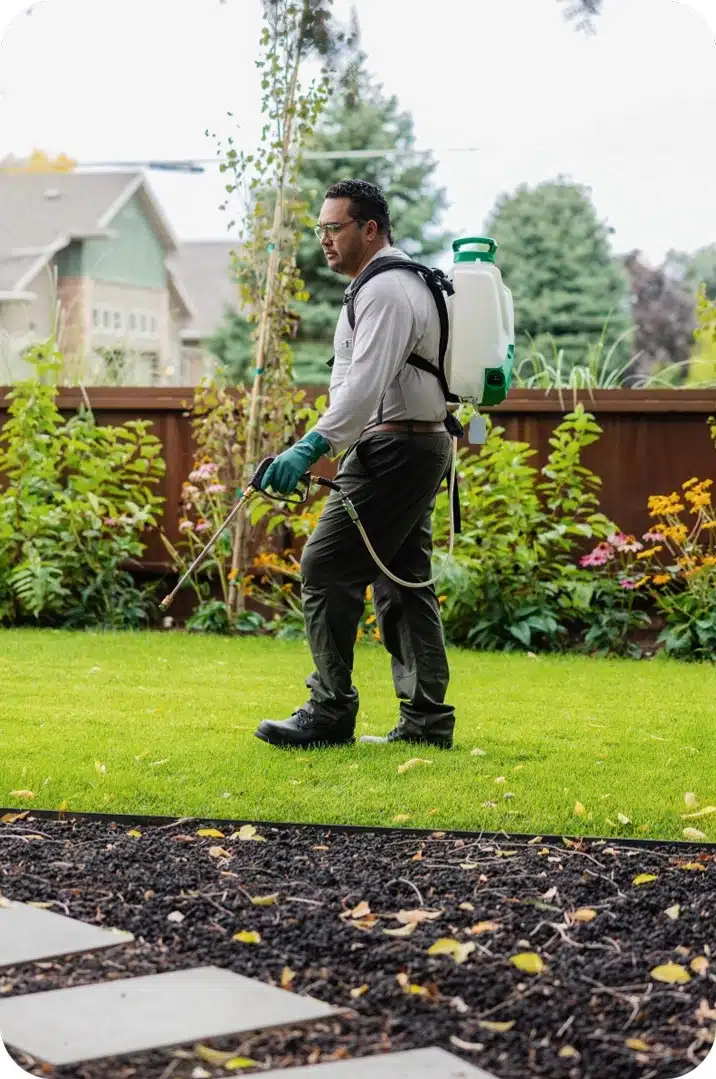A1 Bed Bug Exterminator Charlotte - Efficient and Affordable Services
Wiki Article
Bed Bug Treatment Failure: Comparing Chemical Vs. Non-Chemical Solutions
In the realm of insect control, particularly when handling the consistent concern of bed pests, the choice between chemical and non-chemical therapy remedies can be a crucial one. Both approaches provide unique advantages and disadvantages, affecting aspects such as effectiveness, safety considerations, and general expense. By taking a look at the nuanced details of each approach, a more clear understanding of which course to pursue in addressing a bed bug invasion can be attained.Efficiency of Chemical Treatments
Chemical treatments for bed bug problems have actually been extensively identified for their quick and powerful effectiveness in removing these parasites. When considering the effectiveness of chemical treatments, it is crucial to understand that they can provide a quick and thorough remedy to a bed bug trouble. Professional exterminators often count on pesticides to target bed bugs at various stages of their life cycle, consisting of eggs, grownups, and nymphs. These chemicals typically work by disrupting the bed pests' nerve system, causing paralysis and ultimate death.Furthermore, chemical treatments have the benefit of offering residual results, implying that they can proceed to eliminate bed pests even after the preliminary application. This residual action is specifically useful in combating any kind of prospective re-infestations. In addition, the fast activity of chemical therapies can bring relief to people facing severe bed insect problems, allowing them to restore control of their living rooms quickly.
Safety Concerns With Chemical Solutions
One crucial aspect that requires careful factor to consider when utilizing chemical remedies for bed pest treatment is ensuring the security of passengers and the atmosphere. While chemical treatments can be effective in getting rid of bed pests, they might present dangers if not taken care of effectively. Among the primary safety worry about chemical services is the potential damage they can cause to human health. Exposure to certain chemicals made use of in bed pest treatments can result in respiratory concerns, skin inflammation, or various other negative responses, especially in people with pre-existing conditions or level of sensitivities. Additionally, incorrect application or dosage of chemical pesticides can result in hazardous residues lingering in the cured location, presenting long-term wellness risks to passengers.In addition, the environmental impact of chemical remedies is another significant factor to consider. Some chemicals used in bed insect treatments might be harmful to helpful pests, wildlife, and environments if they seep right into the soil or water supply. It is necessary to utilize chemical therapies carefully, adhering to safety guidelines, and thinking about less harmful options to alleviate these threats and ensure the reliable and secure administration of bed insect invasions.
Advantages of Non-Chemical Methods
Considering the possible security concerns and ecological impact linked with chemical services for bed pest treatment, discovering non-chemical methods offers an appealing alternative with several distinctive benefits. Non-chemical treatments are eco friendly, as they do not add to air or water pollution, making them a lasting selection for insect control.Additionally, non-chemical remedies can be reliable in targeting bed insects, consisting of hard-to-reach locations where chemical therapies might not penetrate - A1 exterminator charlotte nc. Approaches such as warm treatment, vacuuming, heavy steam cleansing, and cushion coverings give detailed removal without the use of dangerous chemicals.
Limitations of Non-Chemical Treatments

Additionally, non-chemical treatments often call for several applications to accomplish effective removal. This can be lengthy and may not always ensure full elimination of all bed bugs and their eggs, especially in hard-to-reach or surprise areas.
Furthermore, the success of non-chemical treatments heavily counts on appropriate execution and thoroughness, which can be challenging for people without specialist proficiency. Insufficient application of non-chemical approaches may lead to insufficient eradication, leading to persistent infestations and the requirement for extra treatments.
As a result, while non-chemical therapies termiticide treatment have their his comment is here benefits, it is necessary to recognize these restrictions and consider them when figuring out one of the most effective technique for taking care of bed pest problems.
Expense Comparison: Chemical Vs. Non-Chemical Options
Provided the constraints linked with non-chemical therapies, a necessary element to evaluate in the context of bed pest monitoring is the expense contrast between chemical and non-chemical alternatives. Chemical therapies usually involve the application of pesticides by professionals, which can vary from $250 to $900 per space, depending upon the severity of the problem and the size of the location to be treated. On the other hand, non-chemical therapies like warm therapy or heavy steam can be more pricey, with expenses ranging from $1,000 to $6,000 for a whole home. While the preliminary expense of chemical treatments may seem reduced, several treatments might be needed to totally remove the infestation, possibly enhancing the total cost. On the various other hand, non-chemical choices might offer a much more environment-friendly and lasting service, although they can be cost-prohibitive for some people. Ultimately, when taking into consideration the cost of bed pest treatment choices, it is essential to consider the upfront costs versus the effectiveness and long-lasting sustainability of the chosen have a peek at this website approach.Verdict

Considering the prospective safety problems and ecological influence associated with chemical solutions for bed pest treatment, exploring non-chemical techniques offers an appealing alternative with numerous distinct advantages.Provided the restrictions connected with non-chemical treatments, a necessary facet to review in the context of bed pest monitoring is the price contrast in between chemical and non-chemical choices. In contrast, non-chemical treatments like heat therapy or steam can be a lot more costly, with costs varying from $1,000 to $6,000 for a whole home. While the first price of chemical therapies may seem reduced, numerous therapies may be called for to completely eradicate the infestation, potentially raising the total expense.In conclusion, when contrasting chemical and non-chemical bed bug treatment alternatives, it is vital to think about effectiveness, safety, advantages, constraints, and cost.
Report this wiki page